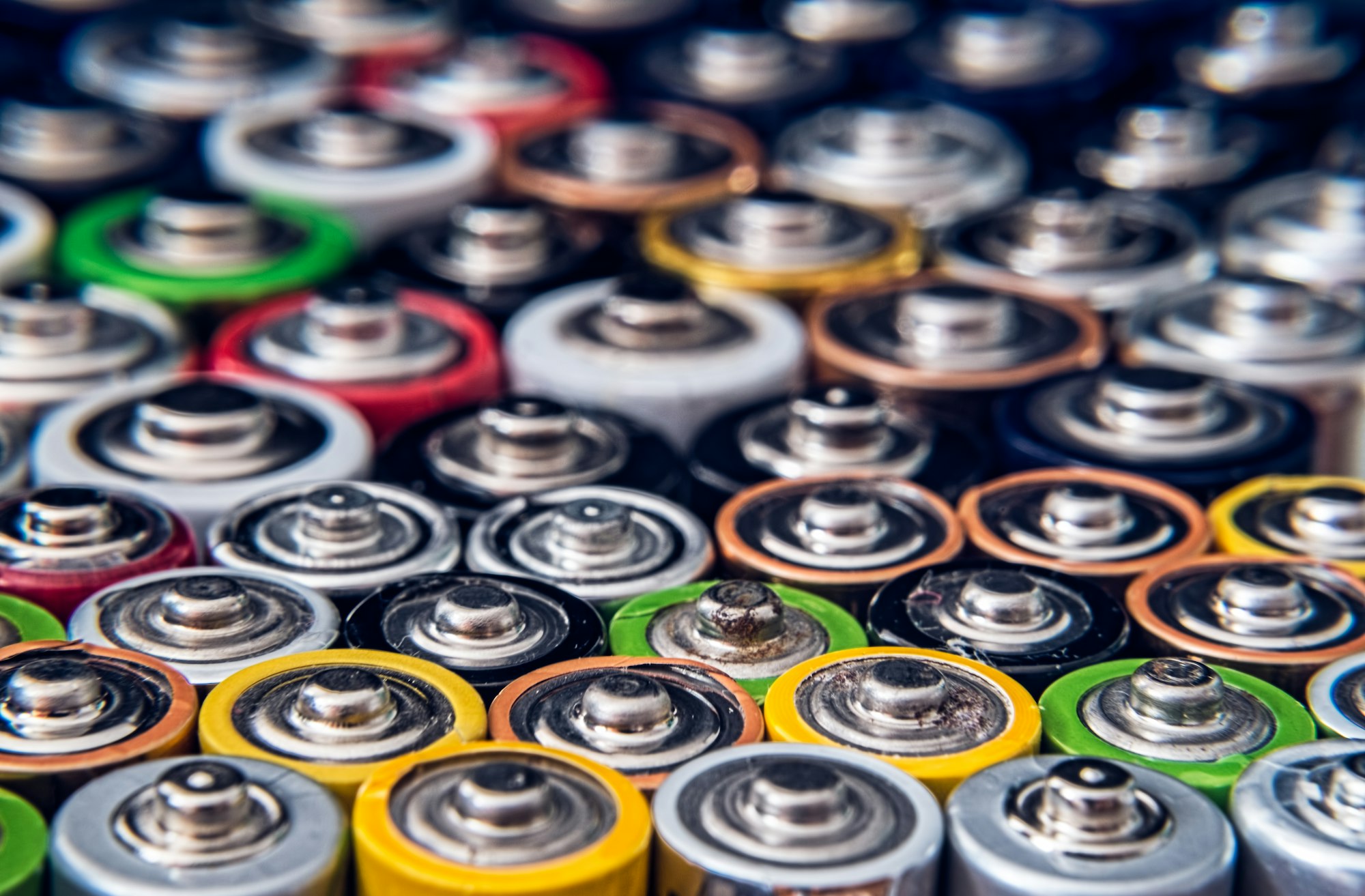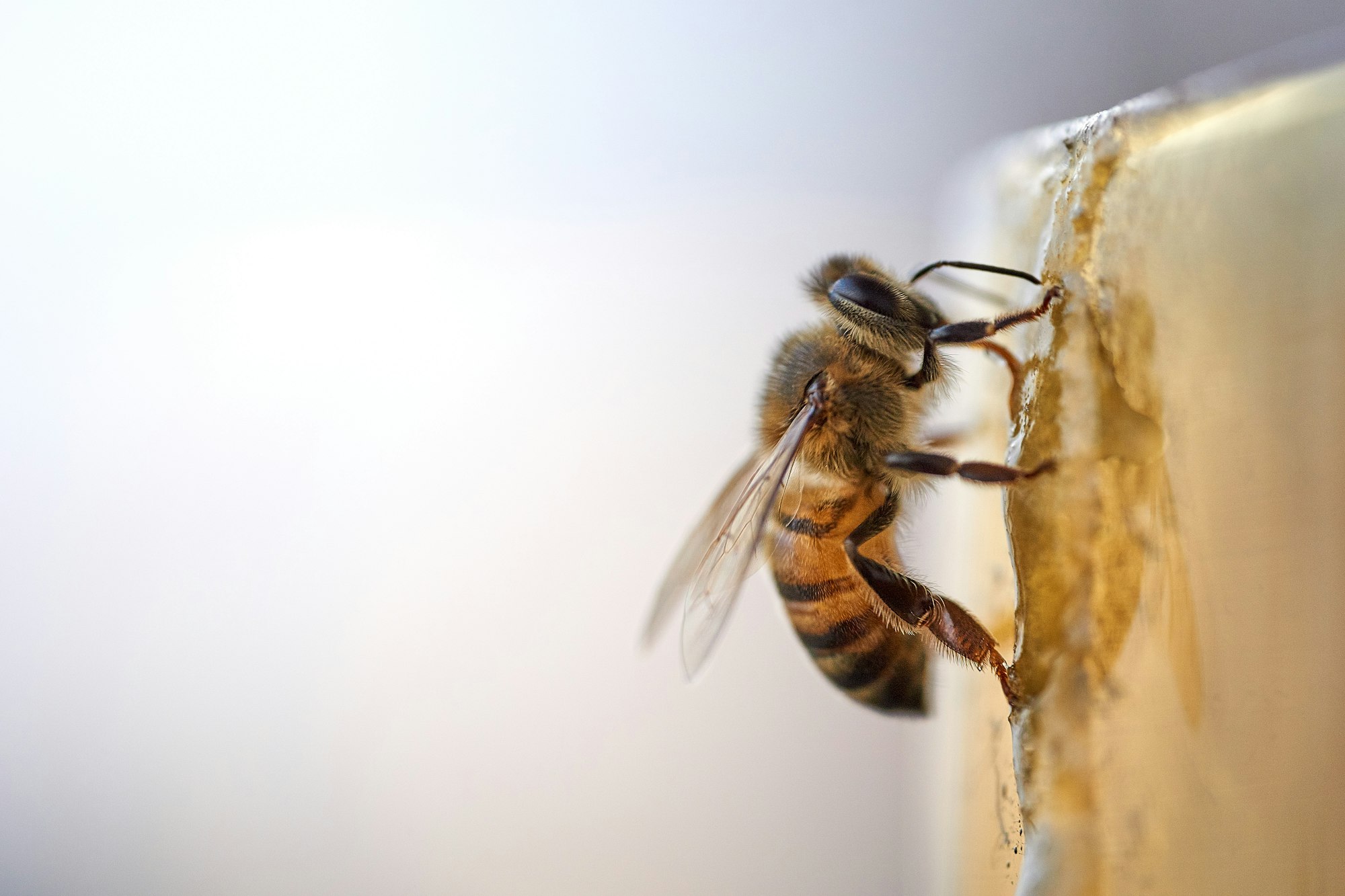20 Most Unexpected Facts About Hemp
Hemp is a powerful plant that never seizes to amaze us. Here are 20 amazing facts about hemp that will surely leave you impressed.

Hemp is a powerful plant that never seizes to amaze us. Here are 20 amazing facts about hemp that will surely leave you impressed.
Check out our video on this topic:
(1) Hemp fiber is resistant to rotting, mold, mildew and saltwater. Hemp is also one of the most tear-resistant natural fibers. This is why the majority of all twine, rope, ship’s sails, rigging and nets up to the late 19th century were made from hemp.
(2) When harvested correctly, hemp fiber is even stronger than steel. It takes twice as much pressure to crack and break hemp than steel. What’s more, the ability of hemp not to bend to compression is nearly six times that of steel. Therefore, hemp is six times more bend-resistant than steel. So, the next time someone asks you “What’s stronger than steel?” You can answer them confidently – hemp, and then educate everyone on ‘how’ it’s stronger.
(3) Given all this above information, it's no wonder that even the Vikings loved hemp! Archaeological findings on a secluded farm in Southern Norway showed that farmers actively cultivated Cannabis in the Viking Age. The Vikings mainly used it as material for stable cordage which they needed for their long sea journeys.

(4) Because of its strength, hemp fiber can nowadays be used for composite materials in order to make anything from car bodies, clothes, bags, shoes, paper, building blocks, bioplastics, insulation, biofuel to skateboard decks.
(5) In 1941, Henry Ford of Ford Motor Company built a plastic car that ran on hemp and other plant-powered fuels. The fenders were also made of hemp. There were even promotional videos that showed the car’s incredible strength, but it never came to fruition in terms of full-scale production.
(6) Hemp fiber could be used to make more powerful and less polluting batteries. They can be converted into high-performance energy storage devices, for example for electric cars.

(7) However, hemp material is frequently used nowadays in the manufacture of specific car components by various brands, including Audi, BMW, Ford, Mercedes, Volkswagen and Volvo. For example, the Mercedes C-Class contains up to 20 kg of hemp composite material in each car.
(8) Hemp can be mixed with limestone and water to form a lightweight, incredibly strong, and durable building material called “hempcrete”. It is around 1/9th the weight of standard concrete and acts as a vermin repellent and insulator. Not only that: Hempcrete is also water, pest, mold and fire resistant and can last hundreds of years.

(9) Hemp could help save the bees, as the plants grown for seed and fiber are a great pollen source. Especially late in the season, hemp plants attract bees that are looking to collect food for larvae. This is because most hemp crops flower between July and September, a time when there’s a lack of pollen production from other farm crops.

(10) Hemp can grow to be between 10 to 15 feet high. The roots of hemp can grow up to 1.4 m long. The hemp height mainly depends on the soil quality. Tall hemp plants tend to grow in light, loamy, well-aerated soils. Those types of soils also help roots to spread better and absorb more nutrients from the surrounding soil, which translates into taller, more abundant vegetation.
(11) Hemp grows well without the use of chemicals: usually, no pesticides or fungicides are necessary to get good yield, because it has only few serious fungus or pest problems.
(12) The hemp plant can help clean up radioactive soil contaminated with heavy metals and nuclear material. As the plant's long roots dig deep into the soil, they absorb harmful chemicals and draw out toxins. Therefore, simply growing hemp offers a natural alternative to expensive detoxification processes. This is why in the wake of the Chernobyl disaster, scientists planted hemp in contaminated soil, as it removed chemicals and absorbed heavy metals better than any other plant.
(13) There are both male and female hemp plants. The gender of thee hemp plant can be visually determined about 4-6 weeks into the growth cycle, when the plant begins to focus its energy on growing flowers for pollination and reproduction. During that so-called “flowering stage”, pre-flowers will begin to form in the nodes of the plant, and characteristics of the pre-flower will vary based on gender.
(14) Over 100,000 acres of hemp were grown in the U.S. during WWII. In 1942, the U.S. government actively encouraged people to farm hemp because it provided the country with necessary resources — particularly for textiles and rope, imports of which had been cut off by war. The U.S. Army even teamed up with the Department of Agriculture to produce a film entitled, “Hemp for Victory,” which encouraged farmers to grow hemp for military supplies. All permits were canceled when the war ended.
(15) The Hemp plant has been an integral part of Germany's culture - even longer than the potato. It is one of the first crops and cultivated plants introduced in Germany. The oldest find of hemp in Germany was near Eisenberg in present-day Thuringia (approx. 5,500 BC). The potato, on the other hand, was first cultivated in Germany in 1647 after being imported from America.
(16) Up until 1937, high-quality paints and varnishes were made from hemp seed oil. In 1935, 58,000 tons of hemp seeds were used for paint products in America. What’s more: Rembrandt's, Van Gogh's, Gainsborough's and most of the early canvas paintings were mainly painted on hemp canvas.

(17) Hemp paper is naturally acid-free and more durable than tree pulp-based paper. In museums, it is often free of any yellowing, even after being stored for hundreds of years.
(18) By weight, hemp seeds contain similar levels of protein to beef and lamb meat. Plus, it contains all 21 known amino acids, including the essentials. This is something that is rare in the plant world.
(19) Hemp seeds are rich in essential fatty acids including gamma linolenic acid (GLA) which is actually a substance found in breast milk.
(20) The hemp plant has been a staple for production for a very long time. In 1938, a “Popular Mechanics” article listed over 24,000 uses of Industrial Hemp. Nowadays, the Hemp plant has around 50,000 different known uses to replace products we use on a daily basis.


